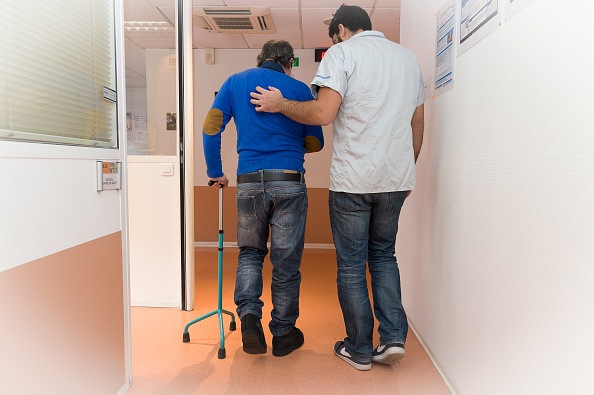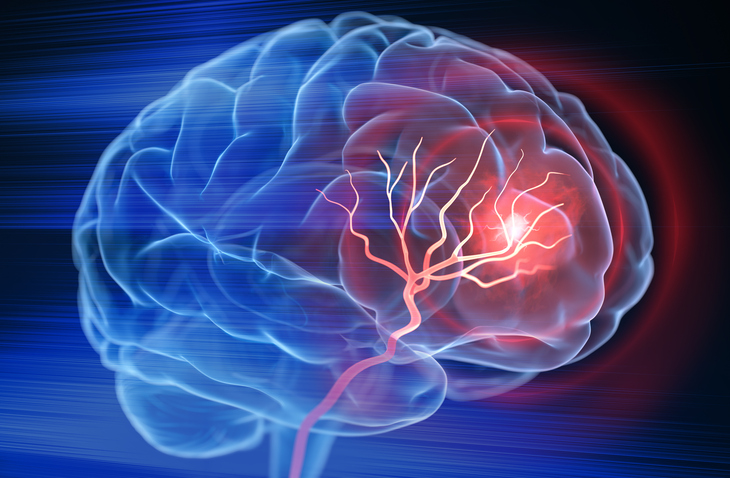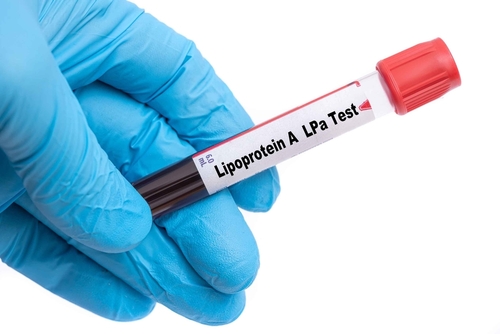
For stroke patients, an intervention that combines social worker–led case management (SWCM) with access to online stroke-related information facilitates enhanced quality of life and confidence following hospital discharge. The findings of this Michigan State University study were published in Circulation: Cardiovascular Quality and Outcomes.
“These (stroke) patients get great care when they’re in the hospital, but once they get home, they’re often lost,” said Michele Fritz, an epidemiologist and co-author, who worked with lead author Mathew Reeves in MSU’s Department of Epidemiology and Biostatistics in a press release about the study. “It was important for us to really understand what mattered to them and then figure out what kind of support structure could alleviate the worry.”
In this study, called the Michigan Stroke Transitions Trial (MISTT), the research team allocated 265 patients with stroke into three treatment groups: group-1 was given usual care, group-2 comprised social worker–led case management (SWCM), which provided both in-home and phone based case management resources, and group-3 combined SWCM with access to the MISTT website, which provided patient-oriented information on stroke education, prevention, recovery, and community resources. Participants in both intervention cohorts were supplied with resources for up to 90 days. They collected outcome data were by telephone at one week and 90 days. Key outcomes in this study Primary included Patient-Reported Outcomes Measurement Information System Global-10 Quality-of-Life (Physical and Mental Health subscales) and the Patient Activation Measure. The researchers discerned treatment efficacy by comparing the change in average response (90 days minus 7 days) between the three treatment cohorts using a group-by-time interaction. Subjects were aged 66 years on average, 49% were female, 21% nonwhite, and 86% had ischemic stroke.
More Resources Help
Following analysis, the study findings showed statistically significant changes in Patient-Reported Outcomes Measurement Information System Physical Health (P=0.003) as well as Patient Activation Measure (P=0.042). However, there were no notable changes found with respect to Mental Health (P=0.56). The study found that the average change in Patient-Reported Outcomes Measurement Information System Physical Health scores for group-3 were perceptibly higher when juxtaposed to both group-2 (SWCM; difference, +2.4; 95% CI, 0.46–4.34; P=0.02) and group-1 (usual care; difference, +3.4; 95% CI, 1.41–5.33; P<0.001). Moreover, the findings revealed mean change in Patient Activation Measure scores for group-3 was significantly higher than group-2 (+6.7; 95% CI, 1.26–12.08; P=0.02) and marginally higher than group-1 (+5.0; 95% CI, −0.47 to 10.52; P=0.07).
At-home support helps stroke patients adjust after hospital stay https://t.co/5GD4gmpdFM #michiganstate #spartans #eastlansing
— Alan Gocha (@Alan_Gocha) July 17, 2019
Overall, patients with a case manager and access to the website reported enhanced improvements in physical health by the end of the study compared to those who had the traditional care. “When you add the website into the mix, we have better results,” Fritz said in a summary of the results.
However, regardless of support, some patients continued to experience symptoms of depression. “This is an area we need to look further into,” Fritz continued. “It could mean we need more time to improve participants’ mental health. It’s all complex to measure, but something we will continue to figure out in future studies.”
At-home #support helps #stroke patients adjust after hospital stay https://t.co/1L4pwBFScO
— Medical Xpress (@physorg_health) July 17, 2019
https://twitter.com/brightsurf/status/1151553660247109632
Source: Circulation: Cardiovascular Quality and Outcomes, Michigan State University







 © 2025 Mashup Media, LLC, a Formedics Property. All Rights Reserved.
© 2025 Mashup Media, LLC, a Formedics Property. All Rights Reserved.